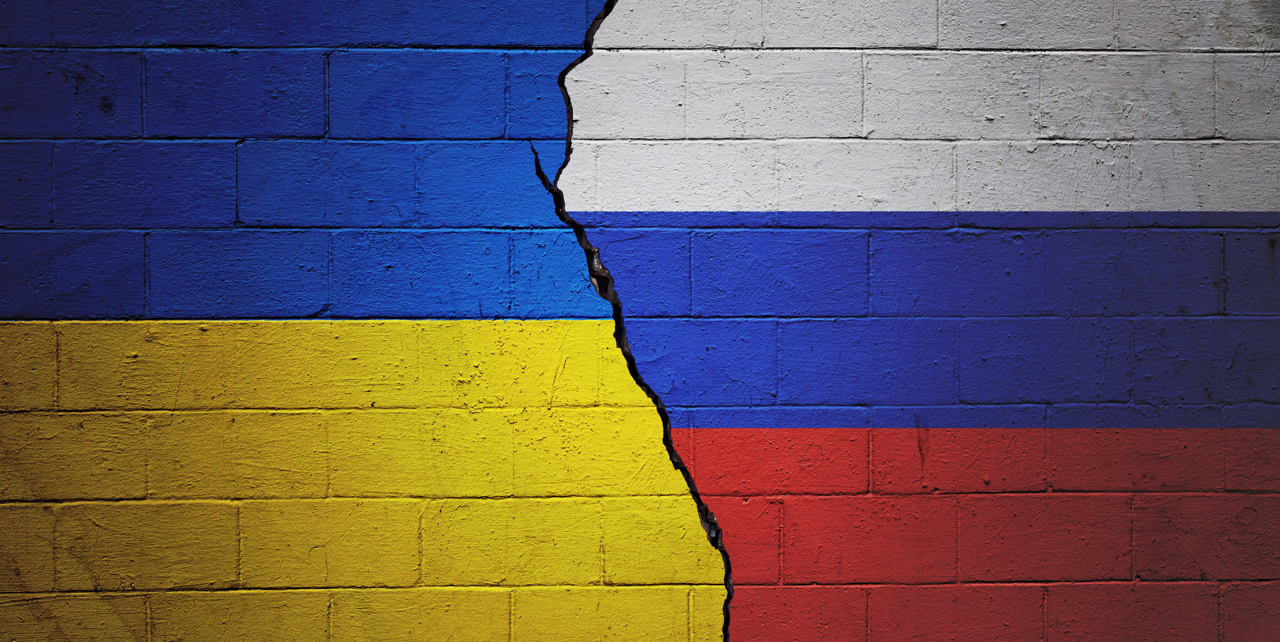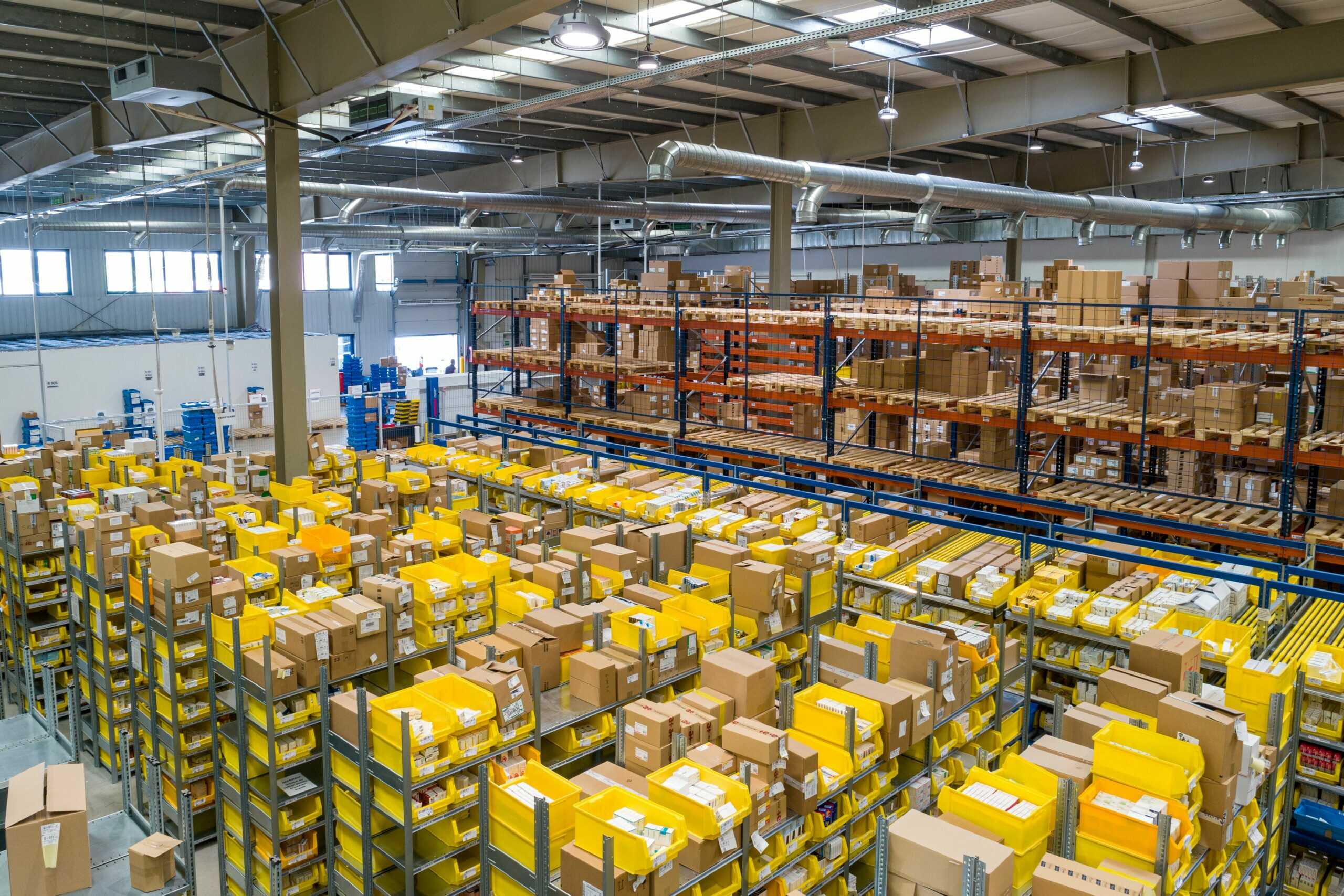
In the wake of the COVID crisis, the conflict between Russia and Ukraine, and through it all the countries of the West, which are now lending their support in an attempt to save the country from outright annexation, is increasing the risks for the global supply chain, which is already in a situation of extreme uncertainty and tension, as we indicated in our 2022 Supply Chain Risk Barometer.
For in addition to the fighting that is endangering civilian populations in Ukraine, and the threats of deterrence that pose a vital risk to Europe, it is the health of the global economy that will inevitably be affected by Putin’s decision to invade Ukraine.
Firstly, because these countries represent an essential link in the supply chains of the energy, agri-food and industrial sectors; secondly, because part of the world’s logistics flows pass through them; and finally, because the supply chain is also a battleground in a war that has become hybrid.
Energy first, with Europe’s dependence on Russian gas, which accounts for 40% of its supplies, mainly to Germany, Italy and Eastern Europe as a whole. The current rise in prices, or even the potential reduction in volumes supplied by Russia in retaliation for the economic sanctions imposed on it by Europe and the United States, could lead to a number of companies going out of business due to their inability to defer additional costs, or a lack of available energy resources. Some companies will undoubtedly be severely affected, and will have to cease trading if governments do not come to their rescue. As a corollary to this high-voltage situation for gas, the price of a barrel of oil is the subject of intense speculation, and is now in excess of $100, driving up costs in all sectors, especially transport. This rise in energy costs will add to an already record level of inflation, which will automatically lead to a drop in consumption and limit the recovery in growth that many countries were counting on to avoid recession.
The agri-food sector will also be impacted by price rises and potential supply shortages, particularly the grain market, as Ukraine and Russia together account for almost a third of the world’s wheat production in a context where harvests have been particularly high since 2019, even reaching record tonnage in Ukraine in 2021. Ukraine is also one of the world’s leading producers and exporters of sunflower oil, which is used in a wide range of food products. Lastly, agricultural yields in Europe could also fall due to a lack of fertilizers, the production of which requires very large volumes of natural gas. Supply chains in the agri-food sector will thus be severely disrupted, and here again the effects on inflation are likely to be significant.
The industrial sector, for its part, is experiencing sharp rises in the cost of raw materials, particularly metals, as Russia and Ukraine are among Europe’s leading exporters of iron ore and cast iron. This is particularly true of the Donbass basin, where the country’s steel industry is concentrated. Sanctions against Russia will drive up the price of aluminum, copper and platinum, which will have to be sourced elsewhere. Even more critically, titanium, essential for the aerospace industry, could be in short supply, as the Russian company VSMPO-AVISMA produces 30% of the world’s titanium, much of it in Ukraine, and supplies 65% of Airbus’s needs, for example. Other raw materials will also be in short supply, such as Ukrainian neon, on which chip manufacturers already heavily under-capacity depend; rare earths, of which Ukraine and Russia are major exporters; and lithium, of which Ukraine is said to be Europe’s largest reserve. We can clearly see the impact that such shortages or takeovers could have on our industries, particularly in the automotive sector, which is currently undergoing a forced shift towards electric vehicles and is already experiencing a major shortage of semiconductors. This is already the case in Germany, where two Volkswagen plants will have to close due to the shutdown of some of their suppliers in Ukraine.
Another risk highlighted in our barometer is that the current logistics crisis, which is already causing numerous shortages and supply delays, could be exacerbated if rail traffic between China and Europe were to be halted, as it has grown considerably since 2019 and today represents a major alternative route for many companies.
Finally, in the new context of hybrid warfare, Supply Chains worldwide could suffer a large-scale cyber attack similar to NotPetya in 2017, which was already of Russian origin and aimed to destabilize the Ukrainian government. The attack affected a large number of companies, including Saint-Gobain, US laboratory Merk and transport giant Maersk, at a total cost of around $8 billion.
As we can see, Supply Chain risk cannot be isolated from the major events we are experiencing, and uncertainty is growing as the world changes at an extremely rapid pace. Geopolitical risk, which took a back seat to the COVID crisis, will undoubtedly play a major role in companies’ risk maps. Its impact on supply chain risk is very significant, and reinforces the urgent need for companies to gain control over this complex network of interdependencies, which can jeopardize their business and even their very survival. If they are to prosper, they need to be able to detect risks and redirect their industrial and logistics plans effectively. First of all, they need to work on improving their supply chain visibility, in order to assess their exposure with regard to the location of their suppliers, flows and customers. Then it’s a matter of building and playing out large-scale scenarios to project potential impacts and determine alternatives, arbitrating priorities according to the cost of risk in relation to the investments needed to improve resilience. This work is essential, and must now be a priority for company managers and their COMEX as they implement global continuity plans for their Supply Chain.
Key figures :
Around 40% of the EU’s natural gas imports come from Russia
One third of the world’s wheat is produced in Ukraine and Russia
30% of the world’s titanium is produced by the Russian company VSMPO-AVISMA


